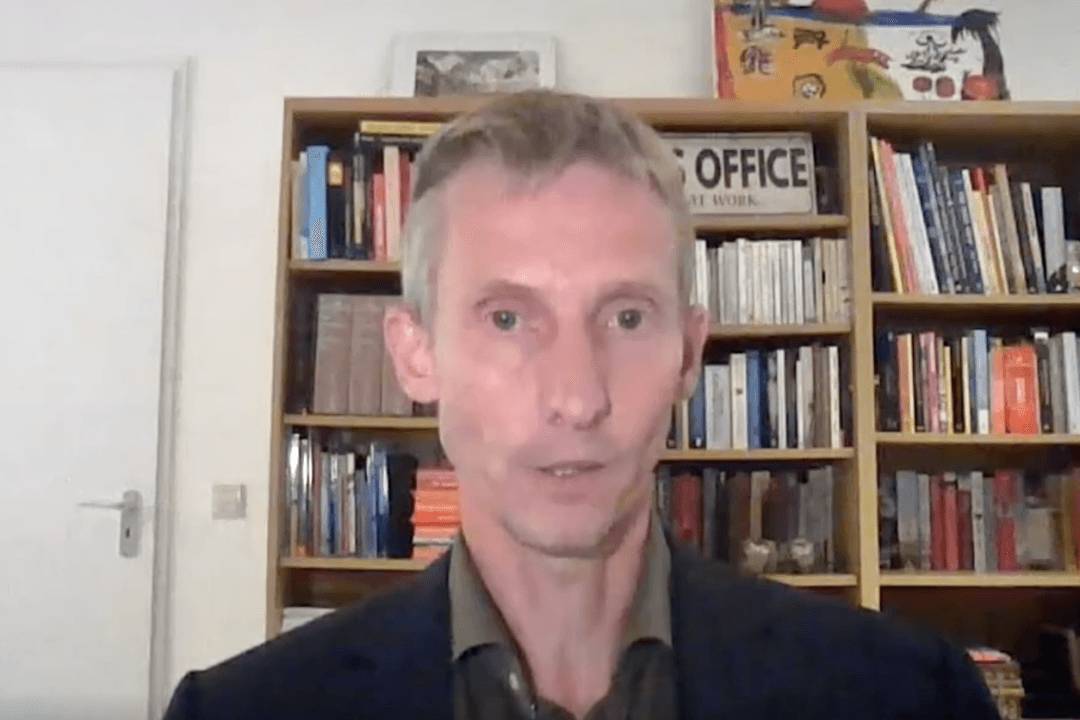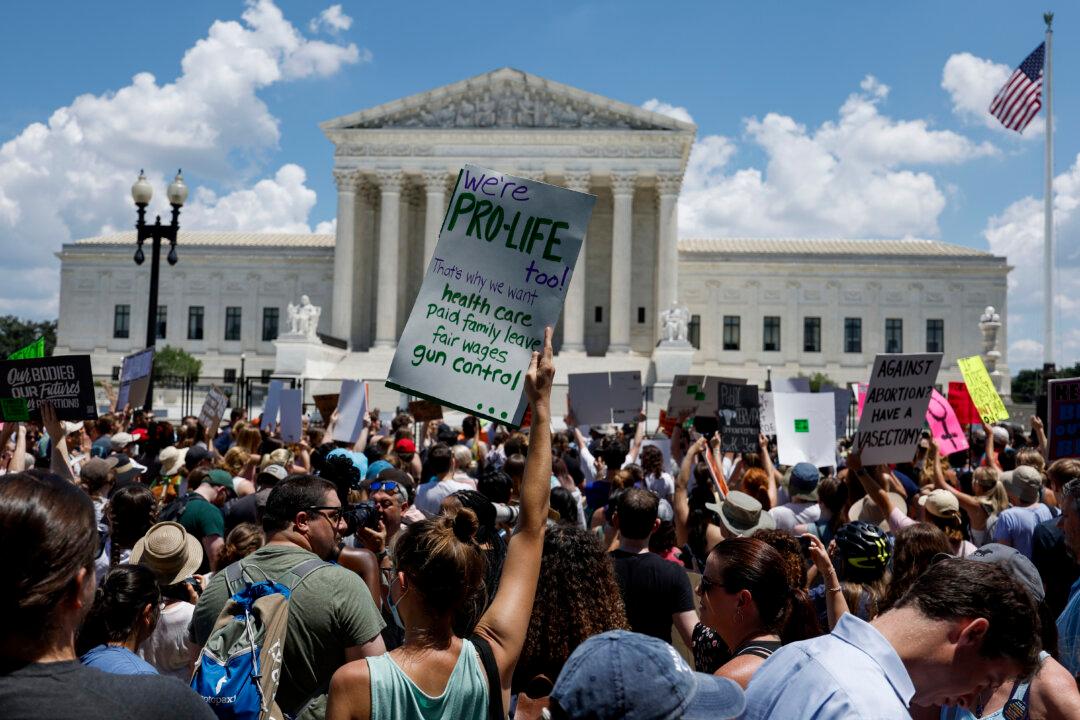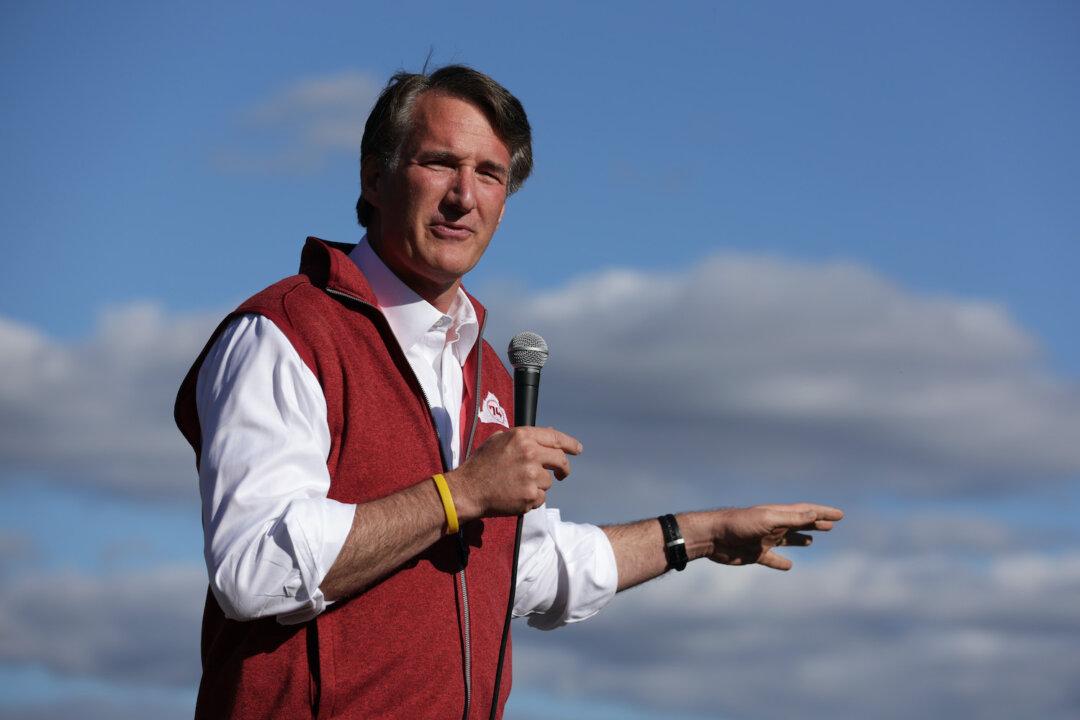Dutch science journalist Marcel Crok has spent the last two decades researching and writing about the science behind global climate change initiatives led by the United Nations (UN), for which there is inconsistent scientific evidence, Crok said.
Crok started a watchdog organization called the Clintel Foundation that publishes alternative views to the so-called “climate emergency.” He said the “97 percent” consensus among climate scientists about manmade global warming and the climate change lacks credibility.






